Being an early adopter in cycling means you get to be first to ride exciting new tech. There is a downside though in that sometimes new concepts just don’t catch on, and they get abandoned by the wayside.
Road bike tech has undergone seismic changes in recent years, with disc brakes, electronic shifting and other new tech disrupting the status quo and taking over at the top end.
These advances have brought great benefits to riders, but spawned numerous orphaned, obsolete or simply downright inelegant products. Here are our top five road tech dead ends.
1. Hydraulic rim brakes
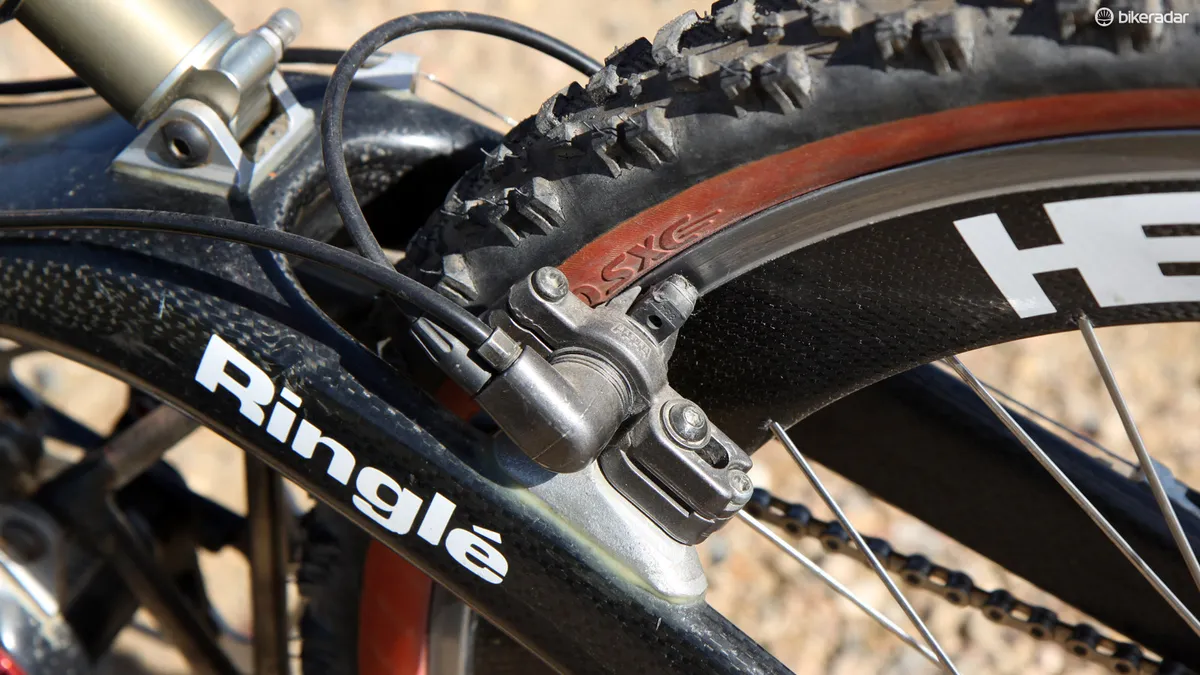
Hydraulic rim brakes for road bikes are a good idea that arguably came at the wrong moment.
A little background first: hydraulic rim brakes as a concept have been around for decades, and plenty of mountain bikers had Maguras in the nineties before disc brakes took over.
They were well regarded and, remarkably, you can still buy versions of them today – they’re still moderately popular on trekking/touring bikes on the continent.
There was even a version for drop bars at one stage (Cyclocross Magazine has a nice write-up here), but it was a brake lever only, not an integrated shift/brake lever. Oh, and Magura made them for time trial and triathlon bikes too.
When SRAM launched its new Red and Force road groupsets in 2013 they came in standard rim brake, hydraulic rim brake and hydraulic disc brake variants.
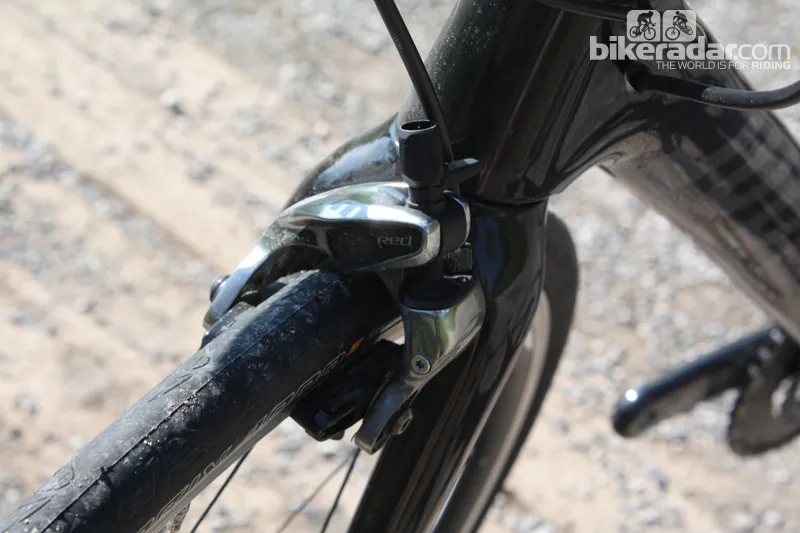
The hydraulic rim brakes were praised for their feel and modulation – the two key claimed advantages over a standard cable rim brake – but it seems like hardly anyone actually bought them. The same could be said of Rotor’s hydraulic rim brakes, which formed part of the ultra-niche Uno hydraulic-shifting groupset.
If ever hydraulic rim brakes for the road could have had a moment, this was it, but they never caught on and, with the dominance of discs, they never will.
The problem with hydraulic rim brakes is not that they’re bad, it’s just that conventional hydraulic disc brakes offer much the same advantages and none of the downsides.
A hydraulic rim brake has the more onerous maintenance requirements of any hydraulic braking system, but braking is still liable to suffer in wet or muddy conditions.
Discs, on the other hand, perform well in all conditions and, if you just want the simplicity and low weight of rim brakes, good old cables still work just fine.
2. Hydraulic converters

In a very similar vein, hydraulic converters for road brakes were a stepping-stone technology that has all but died out, mourned by few.
The principle made sense in a world before dedicated hydraulic road levers were widely available.
If you wanted discs on your road or cyclocross bike – gravel wasn’t even a term then – your options were cable-operated discs or a converter that let you operate hydraulic brakes via your standard road levers.
There were a handful of these converters on the market including the Hope V-Twin, a device that nestled underneath your bike's stem.
Giant persisted with its similar Conduct system until very recently, as a way to give its most affordable road bikes hydraulics. Again, it worked fine, but it never felt like an elegant solution.
TRP offered (and still offers) the HY/RD, a hydraulic caliper that’s cable-actuated, and there was at least one competitor on the market from Juin Tech. If you’re dead-set on running cable levers but want the benefits of hydraulic braking, this is surely the neatest way to go about it.
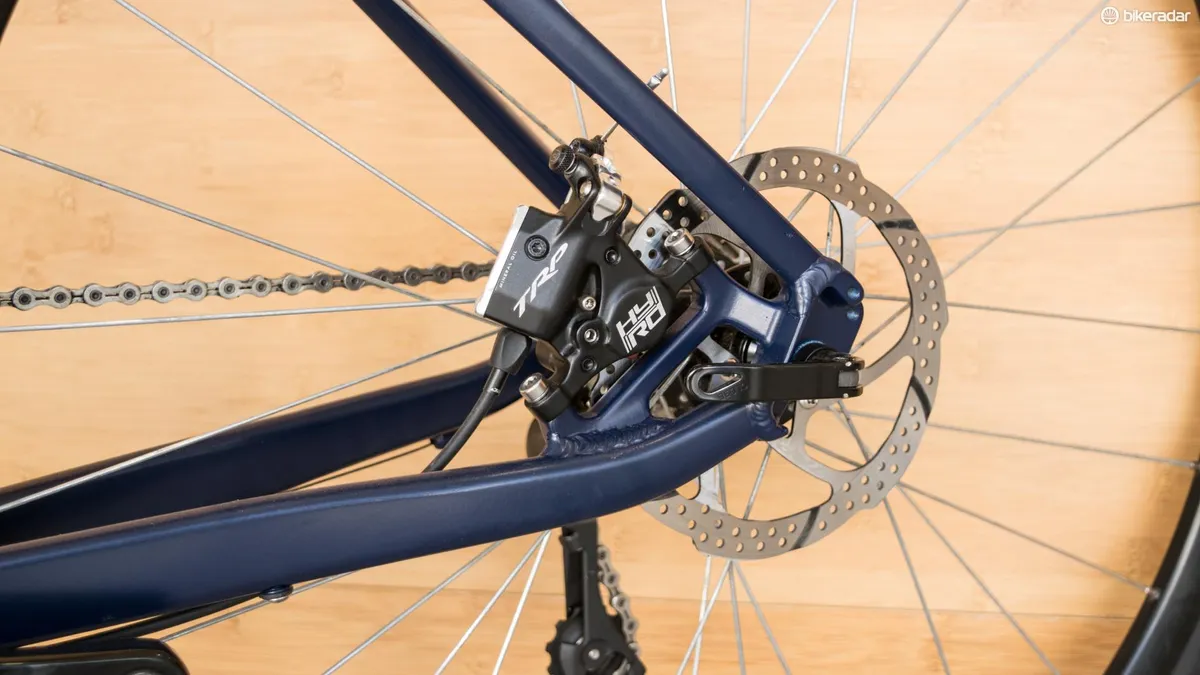
3. Shoe-based power meters

Imagine if your power meter were built into your shoes, meaning you could record power data on every bike you jumped on.
That was the promise of the Brim Brothers DPMX, which was pitched as “the world’s first wearable power meter”.
After years of teasers, Brim Brothers launched on Kickstarter in February 2016, promising riders a product as early as July the same year. After raising over €180,000, the brand collapsed, taking backers’ money with it – surely the ultimate tech dead end?
Of course, in this case, the underlying concept still appeals. A power meter is a significant investment and one that isn’t permanently installed on a bike makes a lot of sense; it’s the reason recent products like Garmin’s Rally RS200 and Favero’s Assioma pedals have made such an impact.
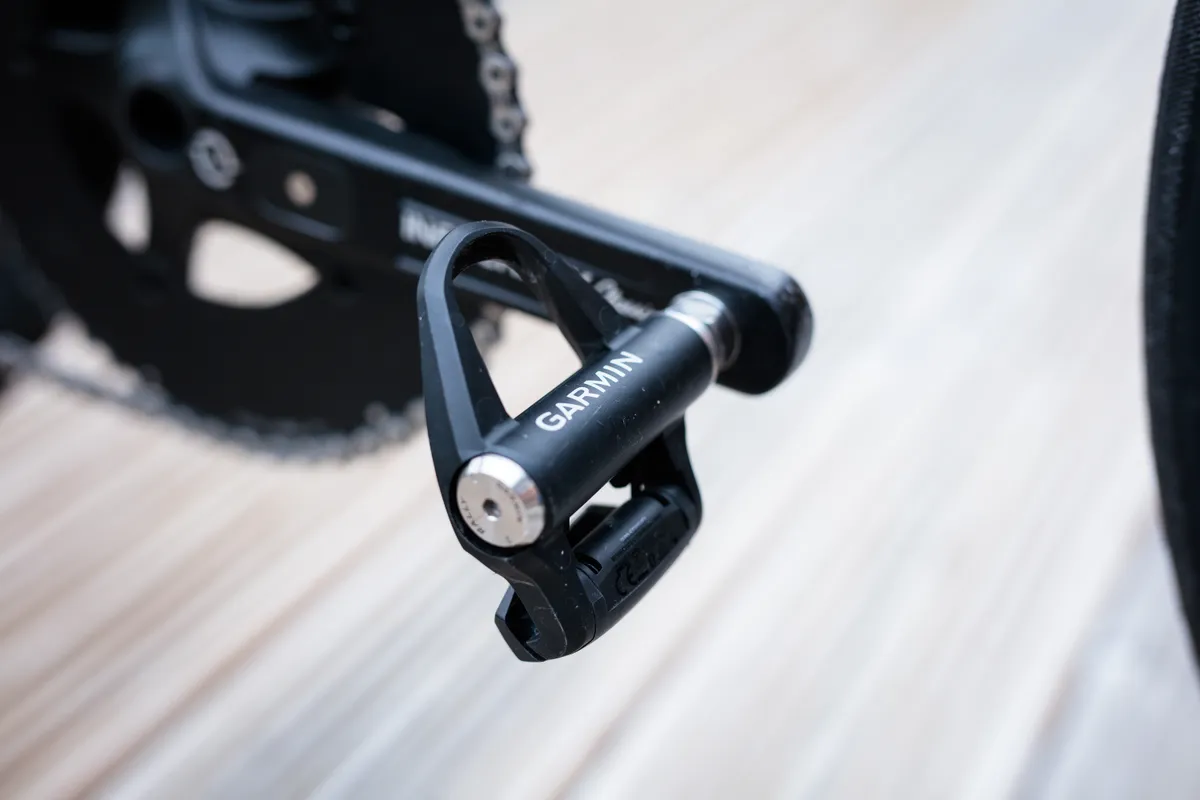
It’s been demonstrated time and time again that making a reliable and consistently accurate power meter is actually very difficult.
Could the shoe-based option still have merit? Perhaps.
4. Quick-release disc frames and post-mount brakes

Brakes have rather dominated this list because the knock-on effects of the evolving tech have been so profound.
It’s hard to pick out exactly which of the many new and newly-abandoned standards matters most, but perhaps two of the biggest upsets have been the abandonment of quick-release (QR) skewers and the move to flat-mount brakes.
Road bikes had quick releases for the better part of a century because they were a simple and highly effective way to retain a wheel, and allowed for rapid wheel changes too.
Thru-axles, however, offer increased stiffness, improved wheel security and more consistent disc rotor alignment. So their takeover has been all but inevitable – even though they are invariably slower to install or remove than quick releases.
As a result, the first generation of road disc frames is now somewhat orphaned by its quick-release compatible dropouts. Mercifully, many wheels that ship with thru-axle hubs can be converted to QR, but that may not always be the case.
To rub salt in the wound, road thru-axle standards have jumped around a bit too – many early road bikes came with a 15mm front / 12mm rear combo, but 12mm / 12mm is now the norm.
There are even a handful of drop-bar bikes such as the Focus Atlas with Boost mountain bike-style spacing, and don’t get us started on the number of thru-axle thread standards out there.

Brake calipers underwent a similar upheaval. The first wave of disc road bikes used post-mount calipers just like mountain bikes, but in 2014 Shimano launched the flat-mount standard that’s now more-or-less universal.
The latest road and gravel groupsets are flat mount-only so if you’re building up an older frameset, you’re going to have mix and match components, perhaps borrowing from brands’ mountain bike ranges. Standards are fun, eh?
5. 1× road bike drivetrains

We know this one will be controversial and maybe it won’t age well, but despite some headline-grabbing product launches and the increasing popularity of 1× in the gravel segment, 1× for the road has stubbornly failed to catch on.
3T made waves back in 2017 when it launched the Strada, a 1×-only aero road bike with tyre clearances that were generous by the standards of the time.
The brand also promised to solve the problem of 1× road gearing with smart new cassette ratios.

This was to be the future of road cycling and 3T even sponsored pro team Aqua Blue Sport to prove the tech.
Despite public interest in the bikes and praise for the brand’s forward-thinking, riders publicly complained about being forced to compete on 1× and amid other shenanigans, the team folded.
Meanwhile, the buying public seemingly had little appetite for 1× road bikes, perhaps because while 1× drivetrains offer clear advantages when you’re riding off-road, it’s less clear-cut on tarmac.
Range and gear spacing remain an issue and current options still tend to compromise to some extent on one or the other.
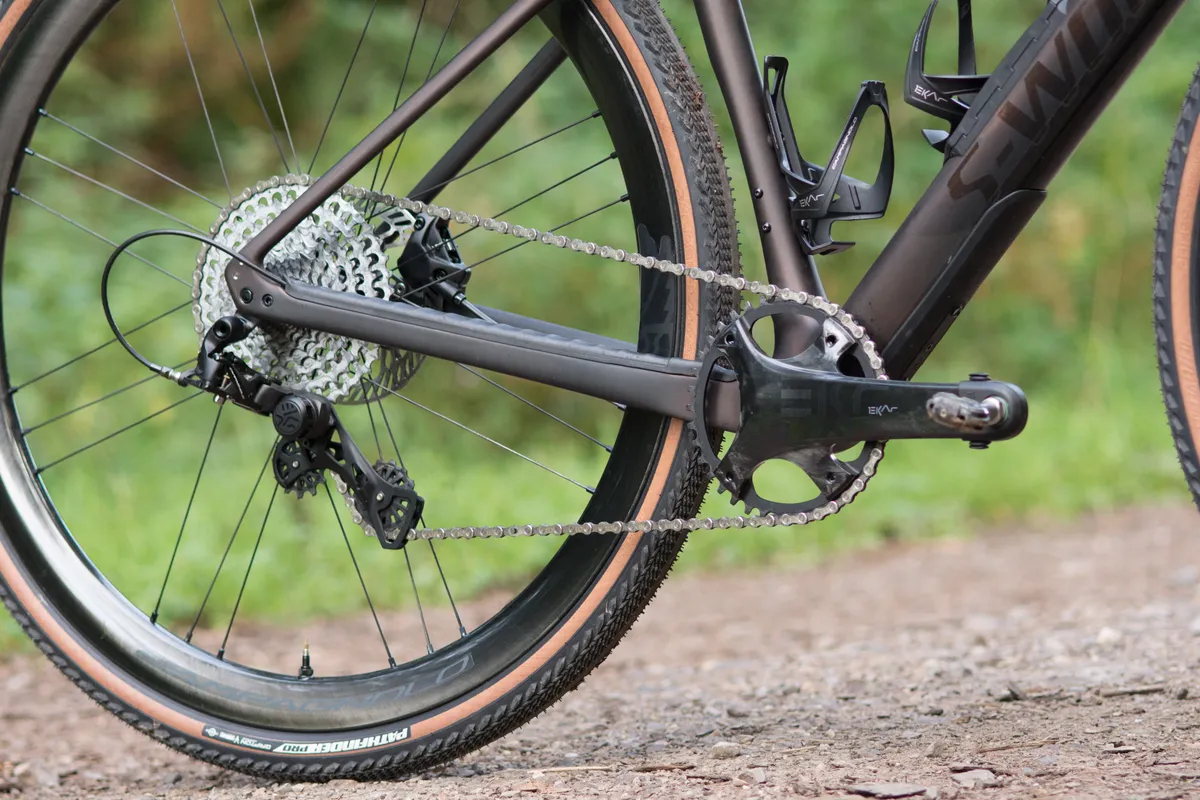
Saying that, SRAM’s latest 12-speed groupsets get closer than most to offering a truly useful 1× option for the road. And Campagnolo’s Ekar groupset does an arguably even better job, although its gearing is focused on gravel riding – there’s no pure road option at the moment.
Could 1× for the road still have legs? Watch this space.
Those are our top five picks – do you think we missed any? Let us know in the comments.
